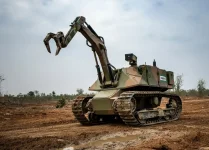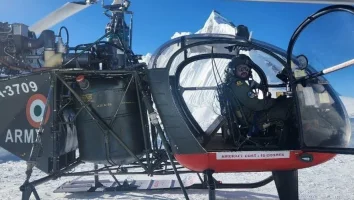- Views: 5K
- Replies: 22

The ongoing diplomatic tensions between India and Canada have cast a shadow over the Indian Army's proposed acquisition of Stryker armored vehicles, manufactured by General Dynamics Land Systems-Canada (GDLS-C).
While initial talks between India and the US suggested a potential deal for the Canadian-made vehicles, with the possibility of co-production under the 'Atmanirbhar Bharat' initiative, the escalating diplomatic row has put the brakes on the procurement process.
Sources indicate that no decision has been taken to move forward with the Stryker deal, which had been touted for use by the Indian Army in forward areas, particularly along the border with China. This hesitation stems not only from the diplomatic complexities but also from concerns raised by Indian defence companies who have invested heavily in developing similar vehicles tailored to India's specific needs.
Adding to the uncertainty, industry partners involved in India's indigenous Wheeled Armoured Platform (WhAP) program are urging the Ministry of Defence to reconsider the Stryker deal altogether. The WhAP, a joint initiative between DRDO and Tata Advanced Systems, offers a compelling domestic alternative.
This 8x8 amphibious vehicle, designed for diverse roles including reconnaissance, troop transport, and fire support, boasts modularity and adaptability. With variants already being developed by Tata, Mahindra, and Kalyani, the WhAP presents a cost-effective and customizable solution compared to the Stryker. Furthermore, its potential as an export-worthy platform, with interest from countries like Morocco, strengthens its position as a viable alternative.
Defence experts argue that procuring the Stryker would not only hinder India's self-reliance in defence production but also create potential complications due to geopolitical considerations. The WhAP, on the other hand, ensures greater control over design and production, aligning with India's push for strategic autonomy in defence.
The WhAP has already been tested at high altitudes and has reportedly impressed the Indian Army with its capabilities. It offers features like amphibious capability and nuclear sensors, which are absent in the Stryker. Moreover, its competitive pricing and successful deployment with Indian security forces further bolster its case.
As the diplomatic standoff with Canada continues, the Indian government faces mounting pressure to prioritize indigenous solutions like the WhAP, ensuring both strategic autonomy and support for the domestic defence industry.



